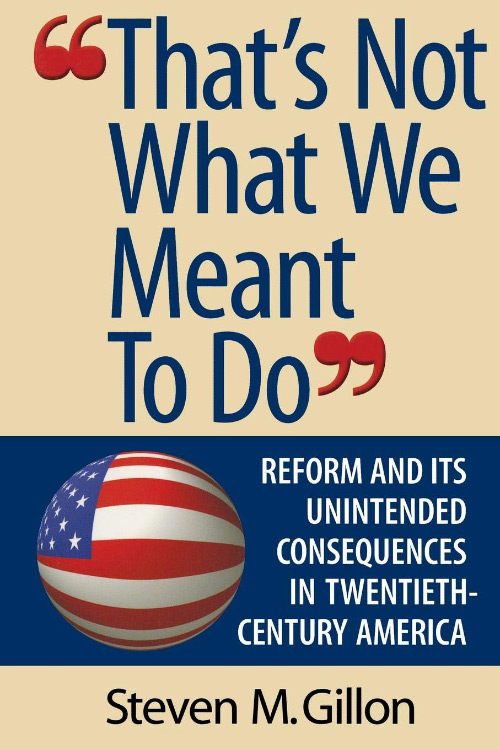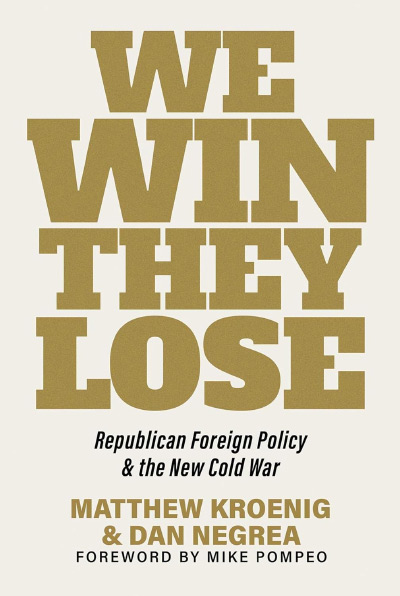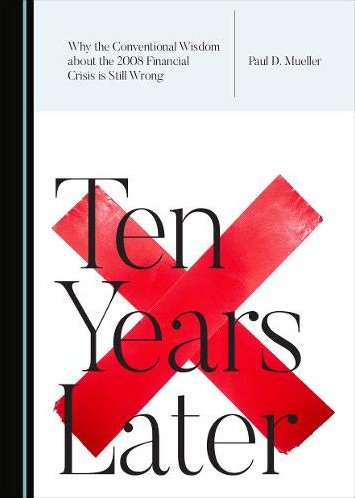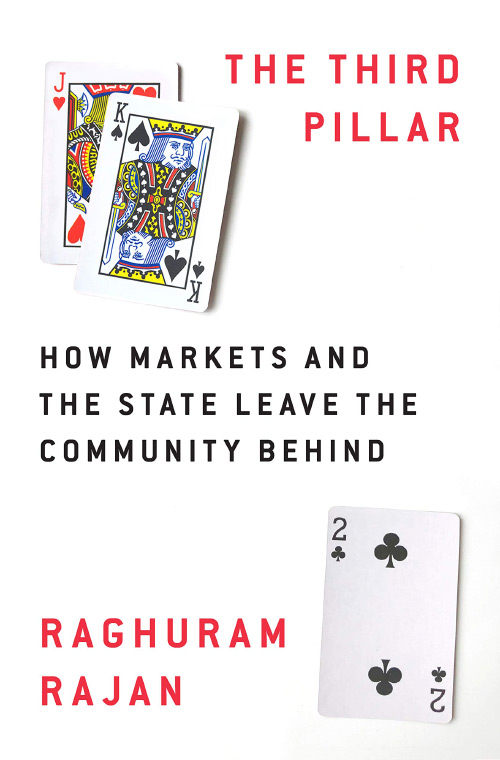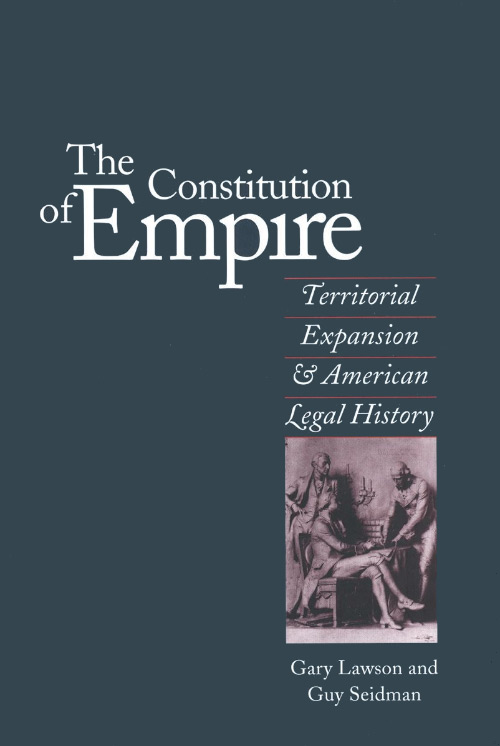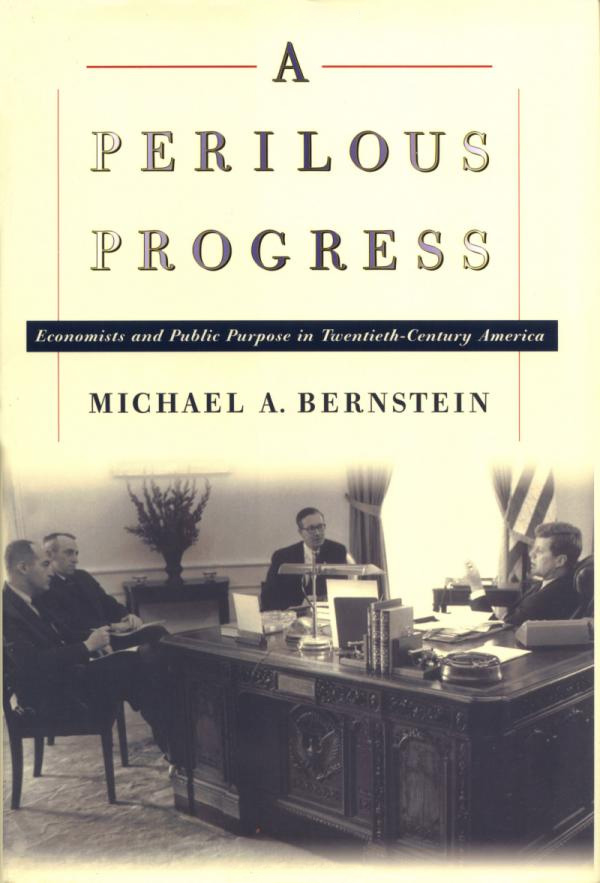The achievement of the Founding Fathers continues to confound social reformers. In That’s Not What We Meant to Do, Steven M. Gillon, an established historian of American liberalism now at the University of Oklahoma, provides ample evidence of the unintended consequences and hardships that reformers can engender by insisting that government implement their vision of the good. Gillon does a thorough, readable job of navigating the intricacies of the American policy process, and there is much to be gained from reading his analyses of the twists and turns of the policies emanating from congressional legislation in five major areas. Throughout, however, he assumes that with the proper planning and tinkering, institutions originally designed primarily to limit government and to promote individual liberty can be adapted to engineer major social reform.
In his opening chapter, Gillon surveys how the “the law of unintended consequences” has affected projects in economics, science, and technology as well in public programs other than those detailed in succeeding chapters. The next five chapters contain carefully documented surveys of the evolution of national programs in welfare, deinstitutionalization of the mentally ill, immigration, affirmative action, and campaign finance reform. In the establishment and conduct of these programs, unsupported assumptions, institutional conflict, and policy disarray litter the field.
Unlike the four other programs Gillon discusses in detail, the nation’s efforts to provide effective welfare assistance date from the Great Depression. In the 1930s, Grace Abbott’s advocacy for children played an important role in keeping early welfare efforts focused and reasonably controllable. However, by promoting community action among the poor and by deferring to activists who increasingly saw welfare support as an entitlement, the Johnson administration unraveled much of the previous welfare structure. Within a short time, policy initiatives intended to move people off welfare actually increased the welfare rolls dramatically. Gillon duly notes that more realistic assumptions about the issue of poverty under GOP-led Congresses have begun to bring welfare under control, but he concludes that overall “the ultimate irony” of the Johnson administration’s attack on poverty “was to undermine public faith in Washington’s ability to solve social problems” (p. 73).
The crusade to deinstitutionalize the mentally disabled grew directly out of the general reform aura of the 1960s. Pushed indefatigably by Robert Felix, head of the National Institute for Mental Health, the idea of moving clients from large state mental institutions into community health residences was embraced by both the Kennedy and the Johnson administrations. With additional support toward this goal from Congress and the courts, the states began emptying their centralized institutions. Within a few years, however, Congress enacted provisions in Medicaid and Supplemental Security Income (SSI) legislation that made community residences financially less attractive for the states. Consequently, many mentally ill people were left in single-occupancy-only apartments or abandoned to wander among the homeless. Gillon asserts that many of the underlying assumptions behind the move to community residences were faulty (p. 114), and Felix himself ultimately apologized for his ill-placed faith in this approach.
Gillon’s analysis of the affirmative-action component of national civil rights policy offers an excellent example of the fundamental contradictions that can emerge from the fragmented institutional structure framed by the Constitution. The authors of Title VII (the employment section) of the 1964 Civil Rights Act consistently and clearly opposed the use of quotas to remedy discriminatory hiring practices, but Alfred Blumrosen, a ranking civil servant at the Equal Employment Opportunity Commission (EEOC) and a classic bureaucratic zealot, deliberately subverted those intentions. Through “creative interpretation” of Title VII, he reoriented the EEOC toward an acceptance of the need for quotas or analogous forms of compliance assessment. Gillon notes that although public opinion has consistently rejected the imposition of quotas, consideration of the impact of industry hiring practices has become an important component of public policy as implemented by the EEOC.
The 1965 Immigration Act was also a part of the reform wave of the 1960s. Spearheaded by Congressman Emanuel Celler (D-N.Y.) and later pushed by the somewhat reluctant Congressman Michael Feighan (D-Ohio), the act was intended to allow greater diversity in immigration, and because it contained a cap on immigration from the Western Hemisphere, it was expected to limit the total volume of immigrants. However, immigration has reached avalanche proportions under this legislation. One of the main culprits in creating this torrent has been the family-unification provision, a major policy change adopted “without carefully calculating potential consequences” (p. 178). Under this provision, one legally admitted immigrant can set in motion a chain of rapidly increasing subsequent immigration. The Immigration Act has not only failed to control the volume of immigration but has also undermined the civil rights coalition originally responsible for it. Increased immigration from Western Hemisphere nations has resulted in a much larger Hispanic population, which has exacerbated relations between blacks and Hispanics. In summary, Gillon quotes Peter Schuck’s observation that a “momentous civil rights victory” has resulted in increasing the divisions between the two major minority groups in the nation (p. 198).
In choosing campaign finance reform for analysis, Gillon has selected one of the most convoluted and least understood policy issues in America today. In contrast to John Gardner and his compatriots at Common Cause, who pushed campaign finance reform onto the public agenda, Gillon seems sympathetic to the argument that money will inevitably work its way into political campaigning. In other words, attempts to limit campaign funding through legislation are doomed to failure. Certainly, the federal campaign finance legislation of the 1970s has not stemmed the financial tide in any effective sense, and the unintended consequences are stark. Independent political action committees and “party-building expenditures” from the national level to the state level have generated “soft money” disbursements that have dwarfed the spending allowed to those taking federal funds for their campaigns. Gardner’s hope to “cleanse the dirty soul of American olitics” (p. 234) by limiting campaign spending has fallen far short of fulfillment.
Gillon closes with a recitation of the factors that can cause policy initiatives to run amuck, but he remains optimistic that government can be a positive force for social change. The need, in his mind, is to “try to plot better and wiser courses” (p. 240). Of course, some basic government programs work reasonably well and generally as intended, but many readers of Gillon’s case studies may conclude that when social reform is the goal, such successes will always be the exception.
What is striking about Gillon’s narratives is the extraordinary influence that determined individuals can exercise in the pursuit of a cause. It is paradoxical that the huge impersonal bureaucracy that has grown within the Washington Beltway actually seems to increase the potency of a few dedicated individuals. Grace Abbott, Robert Felix, Alfred Blumrosen, Emanuel Celler, and John Gardner each harbored a special vision until a window of opportunity, often a period of crisis or activist fervor, allowed their views to gain a foothold. Working within an administrative structure and issue network that has developed a culture alien to most Americans, these individuals were able to convert their causes into official policy. Driven by their belief that government programs can solve the nation’s problems and that those closest to our national government know what is best for the rest of the population, these reformers have affected the lives of millions. With his assertion that “Americans look to Washington for solutions to complex problems, but . . . are reluctant to give government the power that it needs to address most issues” (p. 32), Gillon locates himself squarely within this orientation.
When examined closely, however, Gillon’s case studies suggest alternative explanations for the frequency of unintended consequences. For example, it appears typical for those in Washington both to define the problem and then to offer government as the instrument of solution. Moreover, Gillon amply demonstrates that major reform initiatives, however well intentioned, are easily distorted beyond recognition by the very policy process in which they are initiated. At the various stages of the implementation, rival bureaucratic goals, diverse interest-group claims, the judiciary, competing state priorities, and changing conditions wreak havoc on the most carefully formulated plans. Even more discouraging, many programs are authorized on the basis of faulty and unexamined assumptions. Too often, the bitter fruits of well-meaning projects originating from a government-knows-best attitude have been social disruption and human tragedy. For many readers, the most important consequence of Gillon’s effort, whether intended or not, will be a greater appreciation of the political acumen of the Founding Fathers and of the virtues of limited government.
| Other Independent Review articles by Robert Heineman | ||
| Winter 2010/11 | The Icarus Syndrome: A History of American Hubris | |
| Summer 2010 | Dean Acheson and the Creation of an American World Order | |
| Spring 2009 | The Limits of Power: The End of American Exceptionalism | |
| [View All (7)] | ||


